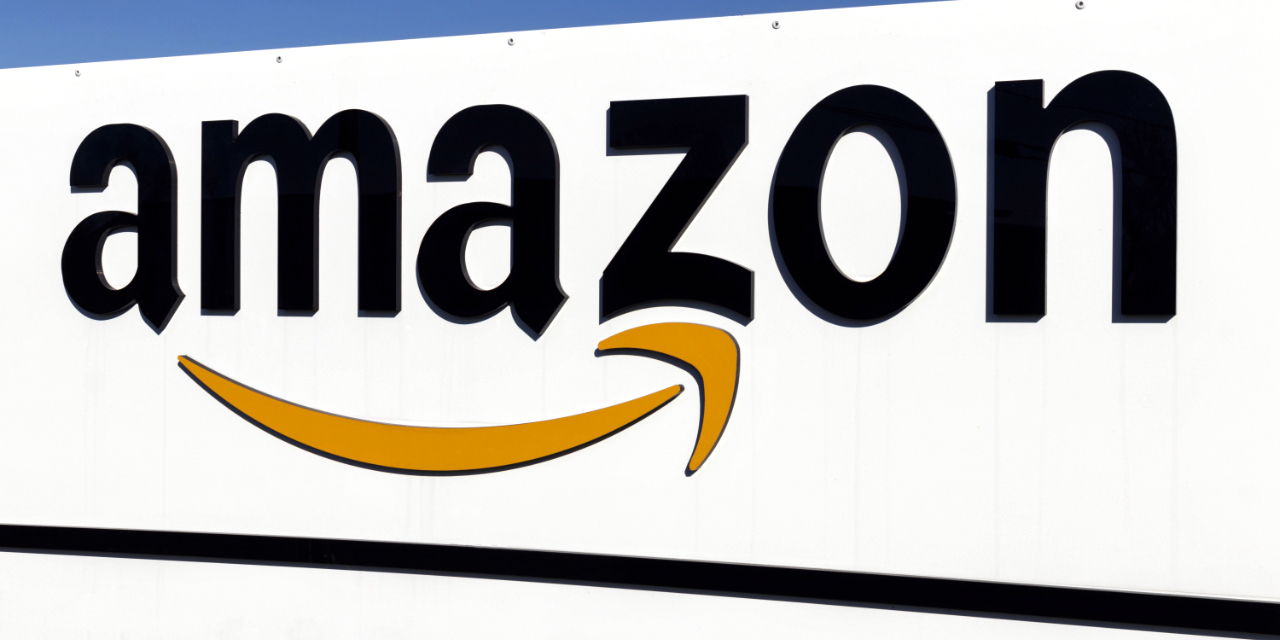Amazon is Accepting Inbound Shipments Again From Marketplace Sellers
Last week we reported Amazon would allow independent marketplace sellers to ship non-essential products to its fulfillment services sometime “this week.”
The company had banned the inbound shipment of non-essential goods in mid-march after it struggled to manage the rush on household goods and some medical supplies due to the coronavirus outbreak.
This week turned into this weekend, but the company is now allowing independent sellers to prepare inbound shipments, but with some restrictions.
“We continue to focus on ensuring our ability to fulfill the highest priority products that customers need at this time. While a broader set of products can now be sent to our fulfillment centers, we are limiting the quantity you can send for some of these products.”
Amazon Statement
Amazon also said sellers can see products that are eligible for shipment creation in the Restock Inventory page and the Restock report. Products that are eligible and have quantity limits will be marked with a Limited restock tag.
The coronavirus (COVID-19) public health emergency has created many operational challenges for Amazon. While it has battled other glitches and problems in the past, this one took over a month to sort out.
Informing sellers without warning that it would no longer accept inbound shipments on non-essential products also didn’t help its reputation with the third-party seller community. That may take some time to re-establish as many had to find other sales channels to sell their products.
Amazon Suppressing Sales?
While the limited resumption of allowing sellers to send non-essential products to Amazon fulfillment centers is good news, there are still signs the company is not out of the woods yet with its operational challenges.
According to the Wall Street Journal, the company is deliberately slowing sales by not running promotions, limiting suggestions to shoppers about what other customers may have purchased (i.e., suggested selling and upsells), and still delaying delivery times on Prime orders.
All of these measures would indicate Amazon is trying to manage sales so that it can better handle the current volume of orders it already has. And while Prime Day is usually in July, Amazon may end up moving the sales event to later in the year too.
It’s clearly not back to normal yet for Amazon. Buyers and sellers should brace for more delays and restrictions lasting many more weeks before that happens again.
[post-cta]
If you liked this article and would like to engage with other small business entrepreneurs selling on marketplaces, join our [the_ad id=”41560″ inline =”1″]. You can also find us on [the_ad id=”41579″ inline =”1″], [the_ad id=”41573″ inline =”1″], [the_ad id=”41575″ inline =”1″], and [the_ad id=”41577″ inline =”1″] or sign up for our newsletter below.
SIGN UP. BE INSPIRED. GROW YOUR BUSINESS.
We do not sell your information. You can unsubscribe at any time.
Richard Meldner
Richard is co-founder of eSeller365. He has over 17 years of experience on eBay which includes tens of thousands of sales to buyers in over 100 countries and even has experience with eBay’s VeRO program enforcing intellectual property rights for a former employer. And for about two years Richard sold products on Amazon using Amazon FBA in the US.
To “relax” from the daily business grind, for a few weekends a year, he also works for IMSA as a professional race official.

